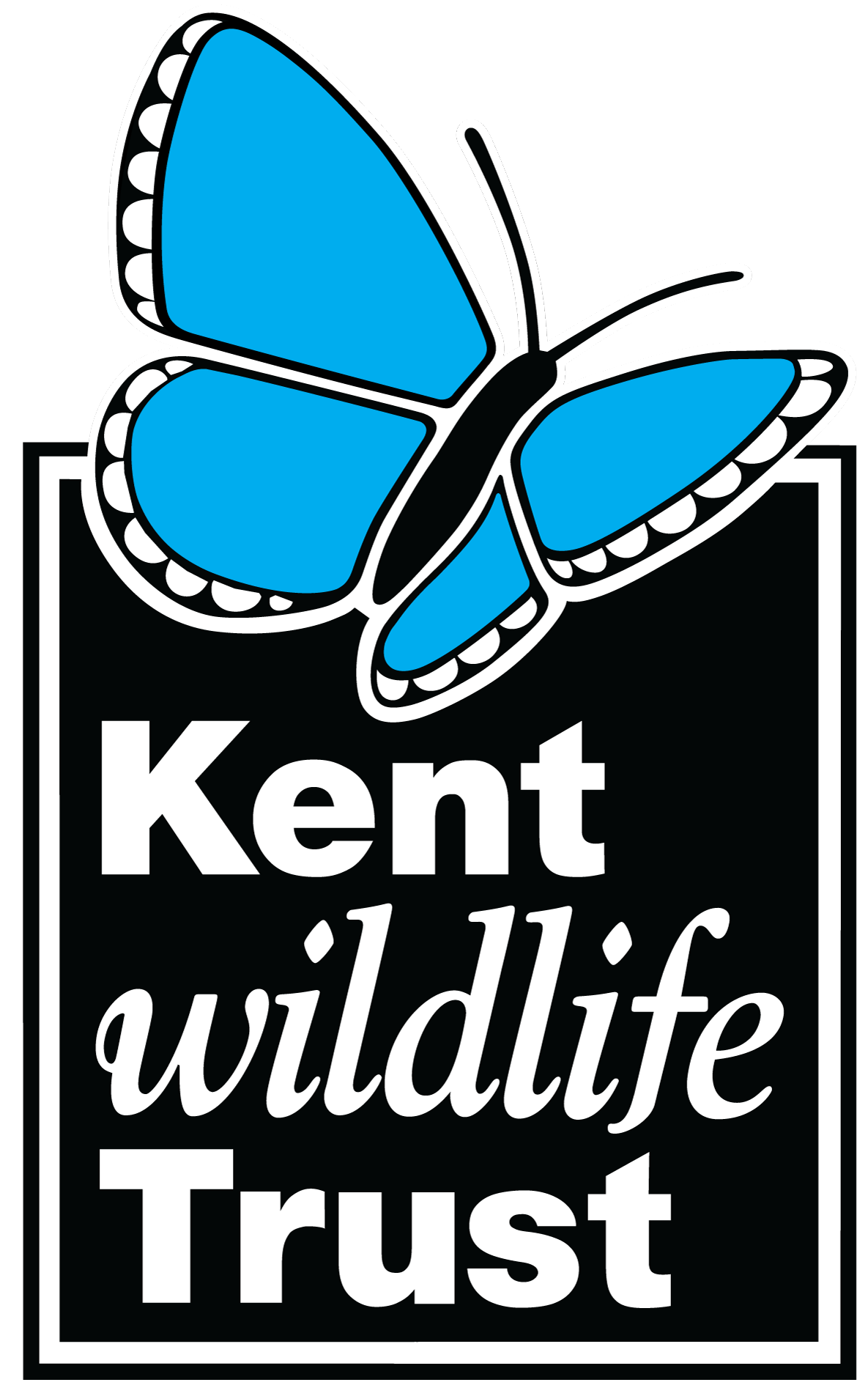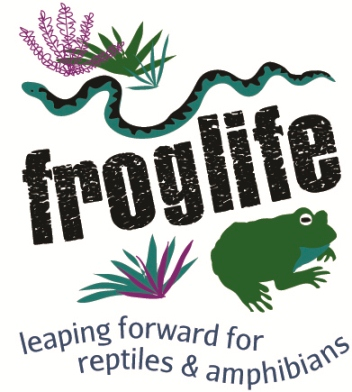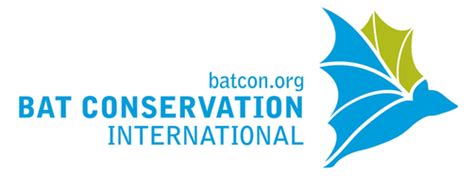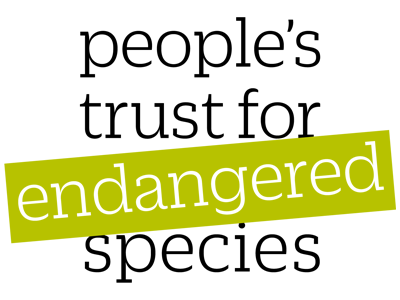Effects of reef physical structure on development of benthic reef community: a large-scale artificial reef experiment
-
Published source details
Schroeter S., Reed D. & Raimondi P. (2015) Effects of reef physical structure on development of benthic reef community: a large-scale artificial reef experiment. Marine Ecology Progress Series, 540, 43-55.
Published source details Schroeter S., Reed D. & Raimondi P. (2015) Effects of reef physical structure on development of benthic reef community: a large-scale artificial reef experiment. Marine Ecology Progress Series, 540, 43-55.
Actions
This study is summarised as evidence for the following.
| Action | Category | |
|---|---|---|
|
Create artificial reefs of different 3-D structure and material used Action Link |
|
|
|
Create artificial reefs Action Link |
|
-
Create artificial reefs of different 3-D structure and material used
A replicated, controlled study in summer 2000 and 2004 of one artificial reef made of modules off southern California, North Pacific Ocean, USA (Schroeter et al. 2015) found that from one to five years after their deployment, there was no difference in species richness or abundance (as % cover) of invertebrates growing on modules made of granite and those made of concrete (results presented as statistical model output). The artificial reef was created to compensate for the loss of giant kelp forest in California. Low lying (<1 m tall) artificial reef modules (40 × 40 m) made of either granite boulders of concrete rubble boulders were put on the seabed in seven sites in 1999 (4 modules/material/site) at 13–16 m depth. Invertebrate communities were sampled after one and five years. Invertebrate abundance was assessed for 42 of the 56 modules using six 1 m2 quadrats/modules.
(Summarised by: Anaëlle Lemasson)
-
Create artificial reefs
A replicated study in 1999-2004 of one artificial reef off southern California, North Pacific Ocean, USA (Schroeter et al. 2015) found that from one to five years after artificial reef modules were deployed there were changes in community composition, and an increase in species richness (by 49%) and abundance (by 86%) of invertebrates growing on the reef modules (sessile). Over time, artificial reef modules had increased invertebrate species richness (2000: 4 species/m2, 2004: 7 species/m2) and abundance (2000: 47% cover, 2004: 70%). The artificial reef was created to compensate for the loss of giant kelp forest. Low lying (<1 m tall) artificial reef modules (40 x 40 m) made of either granite boulders or concrete rubble were deployed in seven sites in 1999 (8 modules/site) at 13–16 m depth. Sessile invertebrate communities were sampled in summer one and five years after deployment. Invertebrate abundance was assessed for 42 of the 56 modules using six 1 m2 quadrats/modules.
(Summarised by: Anaëlle Lemasson)
Output references
|
|

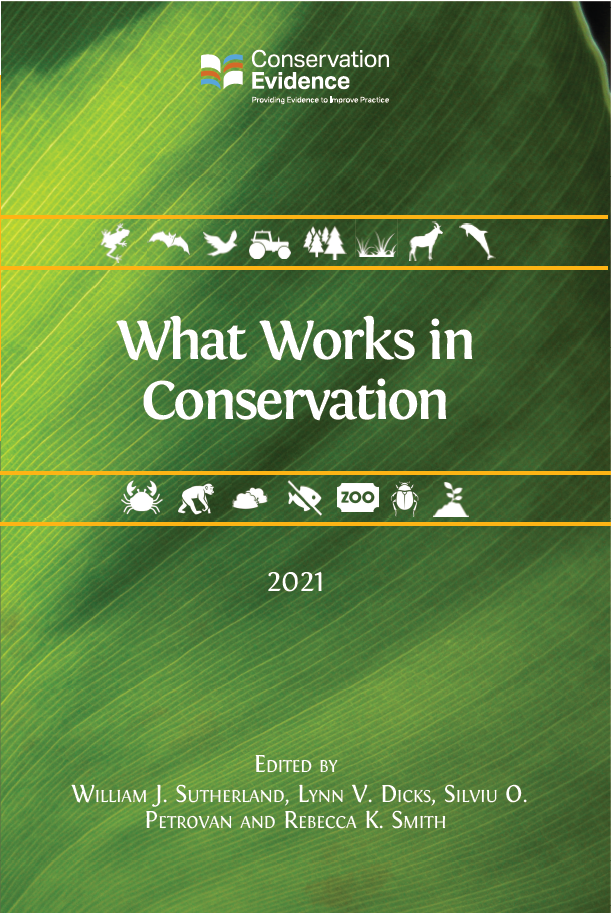
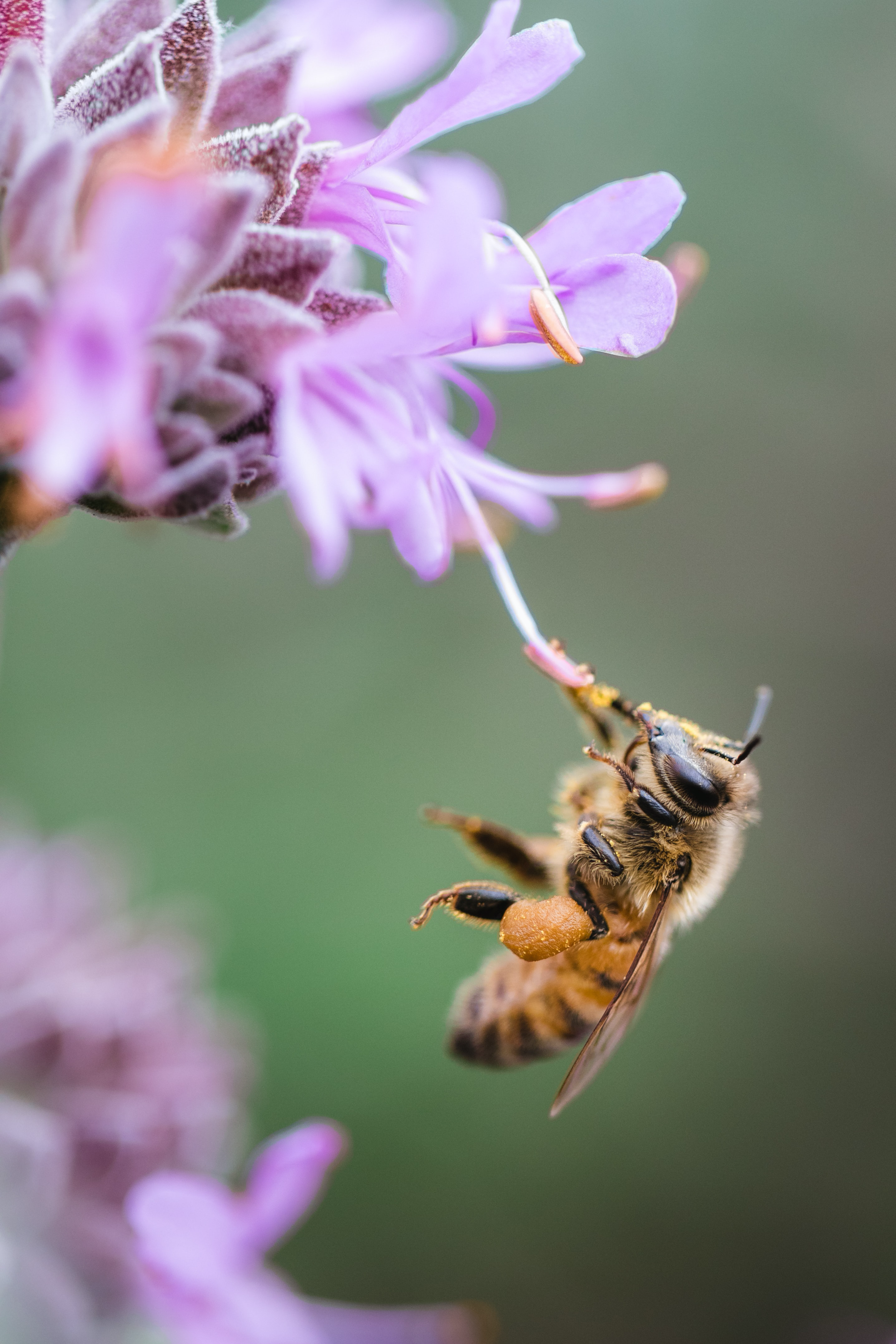

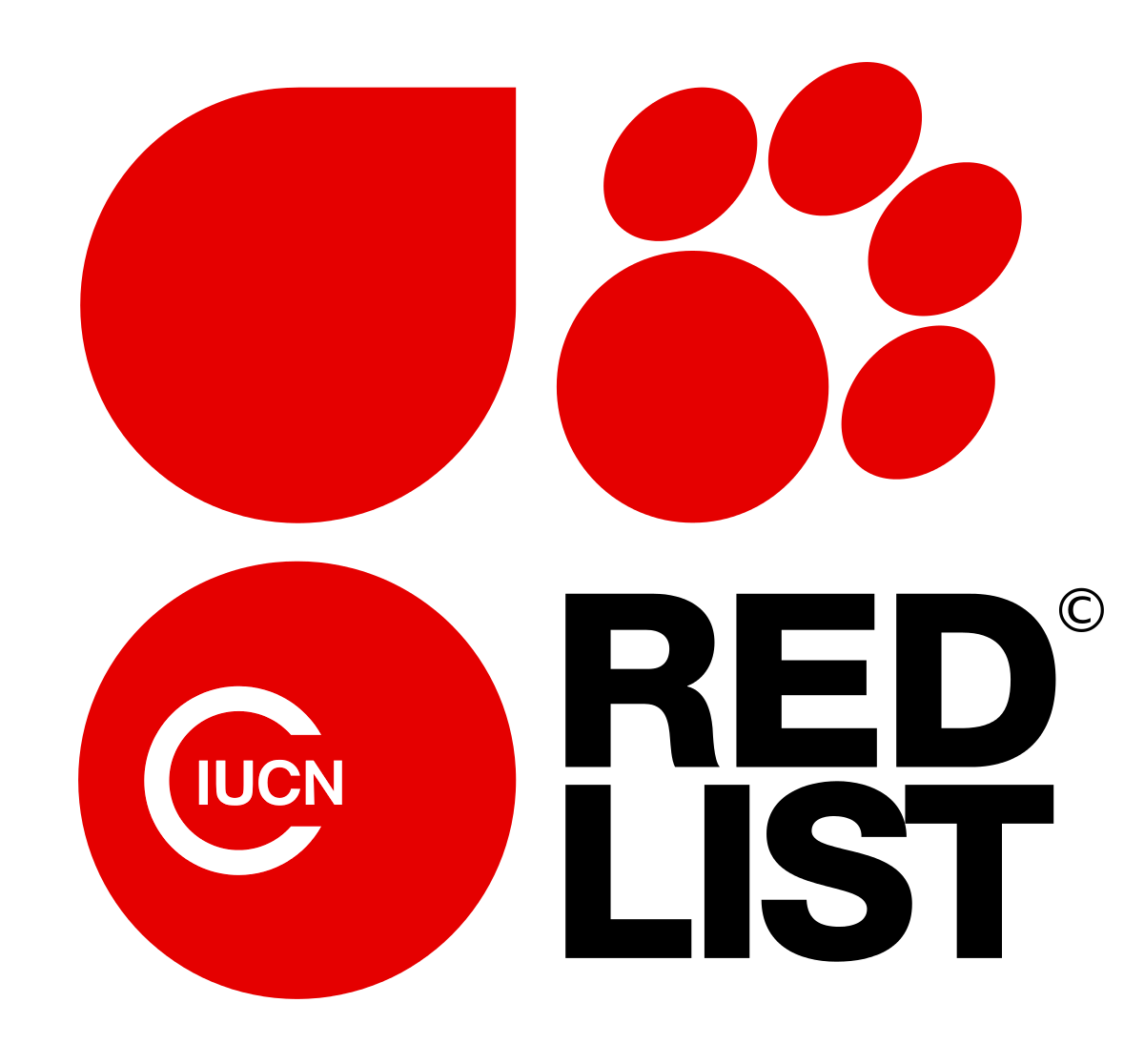
)_2023.JPG)
